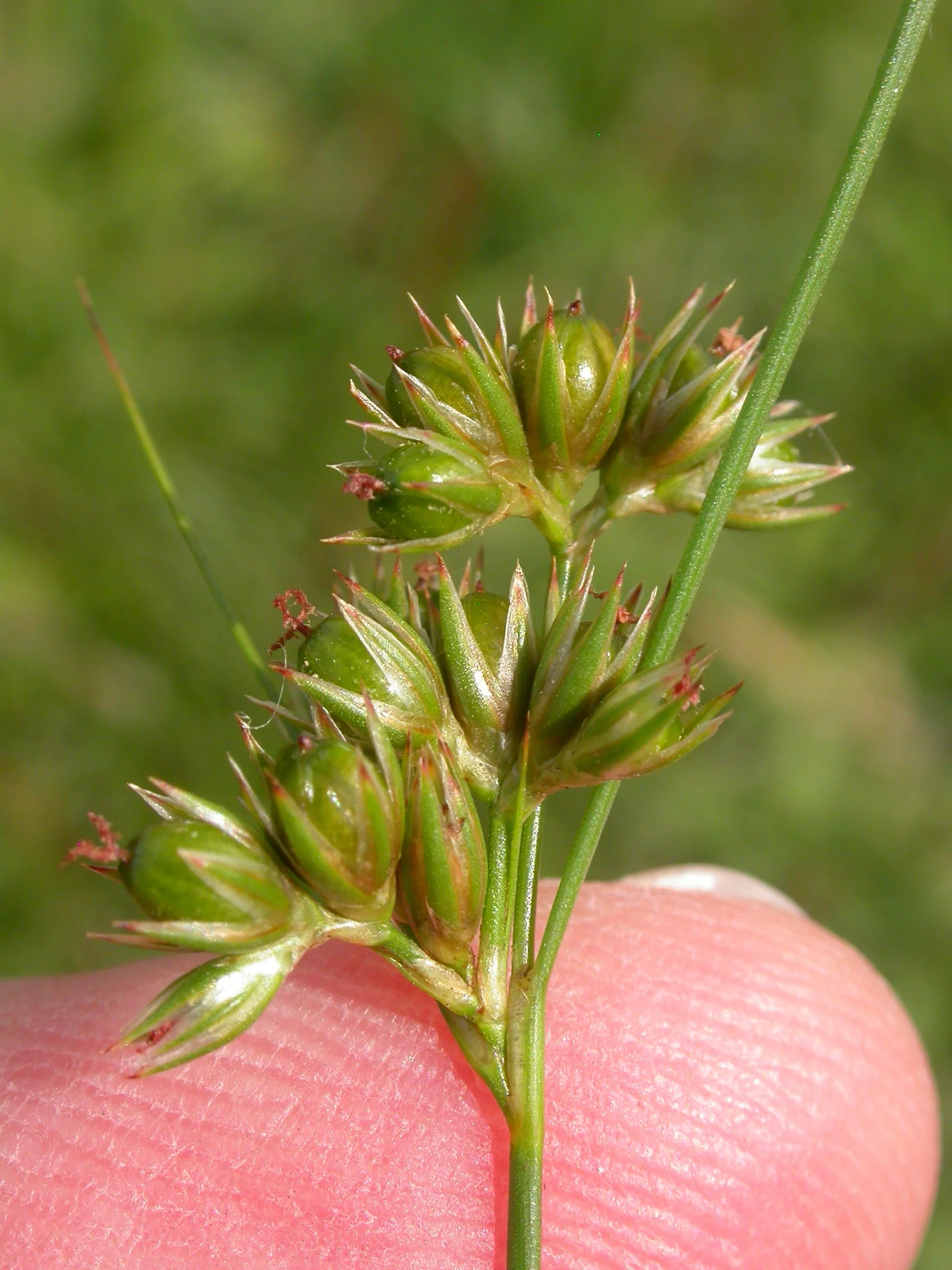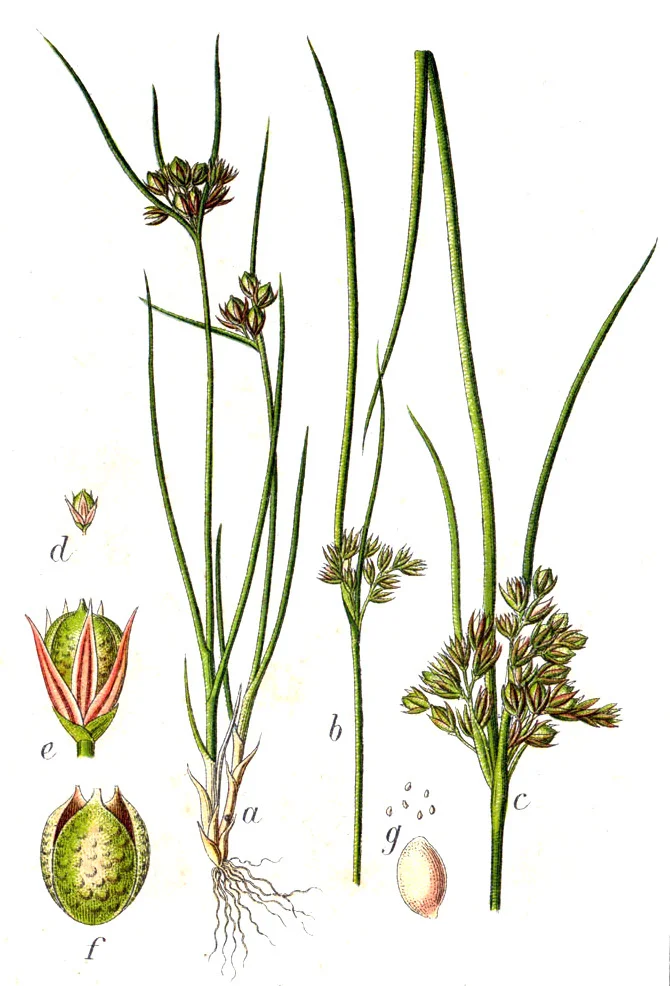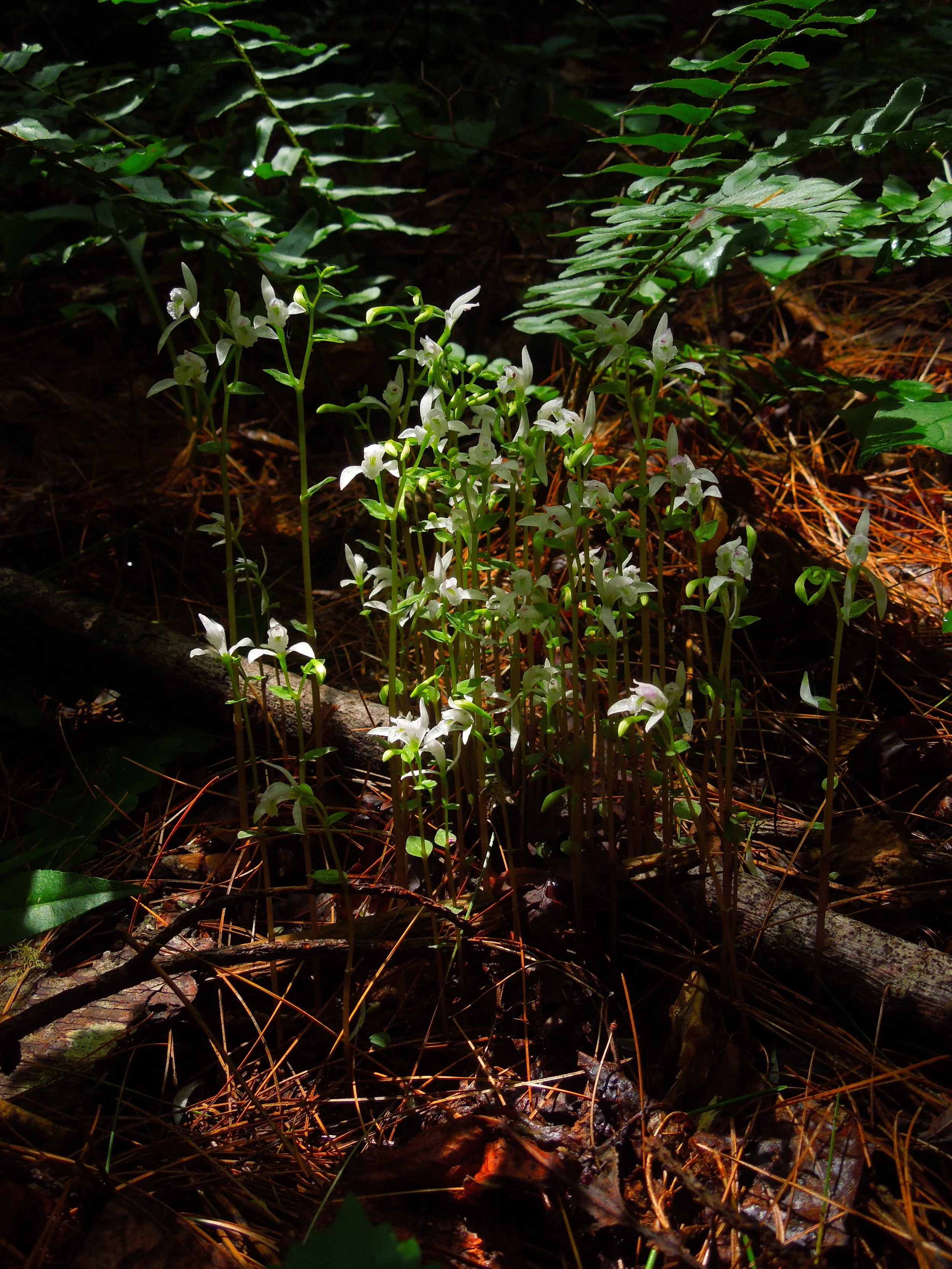Credit to CGTN Nature film crew
Hairy plants are both fun and functional. Hairs or trichomes on the leaves of plants can serve a variety of functions. If the plant is growing in a region prone to cold temperatures, it is thought that a dense layer of hairs can function like a wool coat, keeping the plant warm when temperatures drop. This is such a popular idea that it is often assumed rather than tested. For a strange group commonly referred to as Himalayan snowball plants, the truth is a bit more complicated.
Himalayan snowball plants are members of the genus Saussurea, which hails from the family Asteraceae. Though the genus is widespread, the Himalayan snowball plants are confined to high elevation, alpine habitats in central Asia. As you can imagine, life at such altitudes is defined by extremes. Temperatures during the day can skyrocket due to the lack of atmospheric insulation. Conversely, temperatures can take a dive as weather changes and/or the sun goes down. One look at the Himalayan snowball plants tells you that these plants are wonderfully adapted to such habitats. But what kind of advantages does that this coat of hair provide?
Credit to CGTN Nature film crew
Well, research has revealed a bit more nuance to the whole “winter coat” idea. Indeed, it does appear that the furry coat does in fact provide some insulation to the plant. However, most of the warmth appears to come from the dark color of the inflorescence rather than by pure insulation alone. After all, the vast majority of plants do not produce any heat. The flower heads or capitula of these daisy relatives is low in stature. This keeps it out of the way of the coldest winds. Also, they are so deeply violet in color that they can appear black. This is no accident. As anyone can tell you, darker colors absorb more heat and that is exactly what happens with the Himalayan snowball plants.
Another interesting thing to consider is that most of the growth and reproduction in these plants occurs during frost-free periods of the year. Though temperature swings are frequent, it rarely gets cold enough to severely damage plant tissues until long after the plants have flowered and set seed. Moreover, there is some evidence to suggest that the dense coat of hairs may have a cooling effect during periods of intense exposure to sunlight. Their light color may reflect a lot of the incoming radiation, sparing the plant from overheating. Therefore, it appears that the benefit of such a thick coat of hairs has more to do with avoiding temperature swings than it does ensuring constant warmth. By buffering the plant against huge swings in ambient temperature, the hairs are able to maintain more favorable conditions for plant growth and reproduction.
Credit to CGTN Nature film crew
Also, because this area experiences a monsoon season during growth and flowering of Himalayan snowball plants, these hairs may also serve to repel water, keeping the plants from becoming completely saturated. If water were to stick around for too long, it could open the plant up to pathogens like fungi and bacteria. It could also be that by insulating the plant against temperature swings, the hairs also provide a more favorable microclimate for pollinators. Bumblebees are thought to be the main pollinators of Himalayan snowball plants and despite their ability to maintain higher internal temperatures relative to their surroundings, anything that can buffer them as they feed would be beneficial to both the bees and whatever plant they may be pollinating as a result.
Photo Credit: [1]
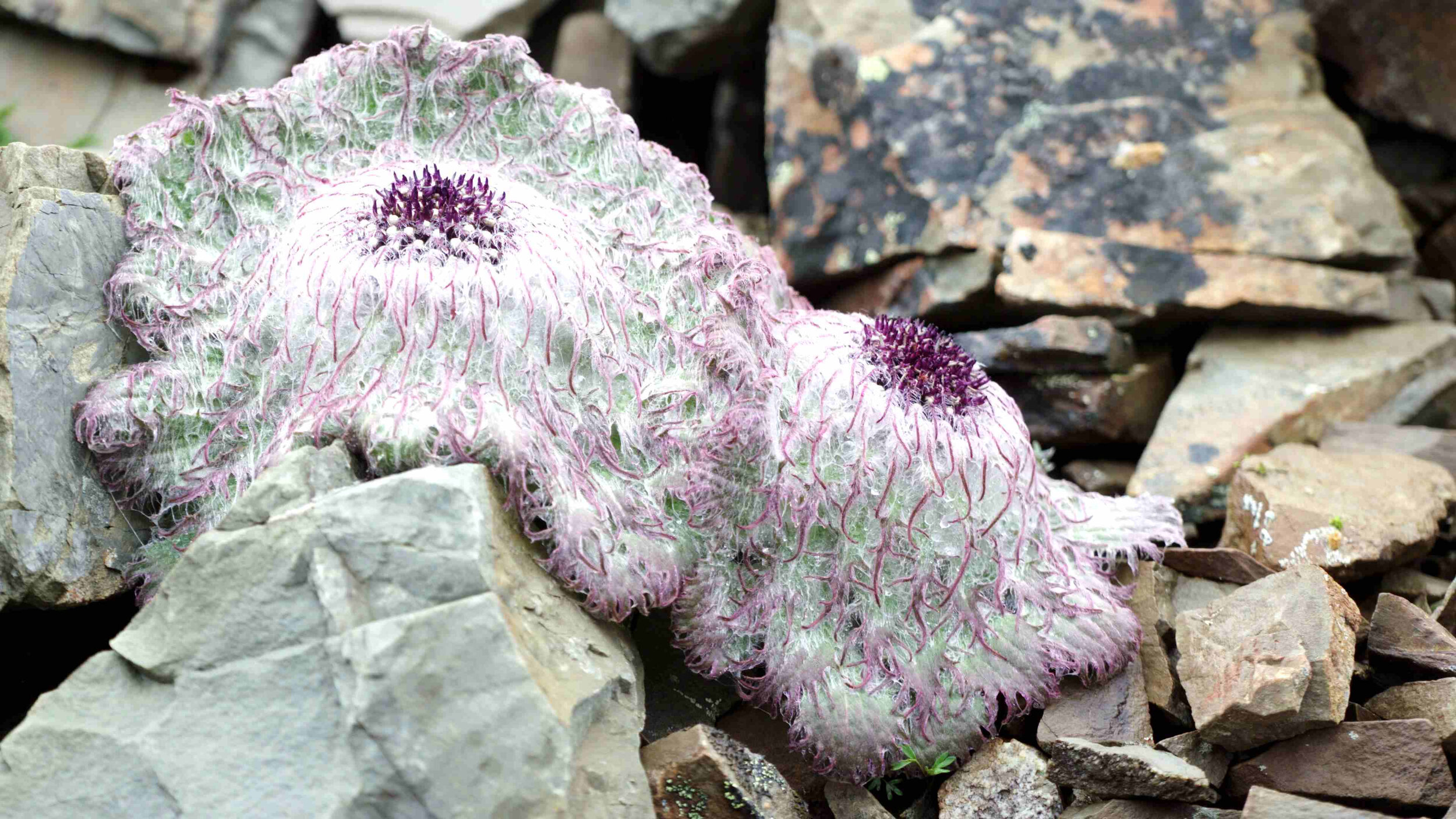


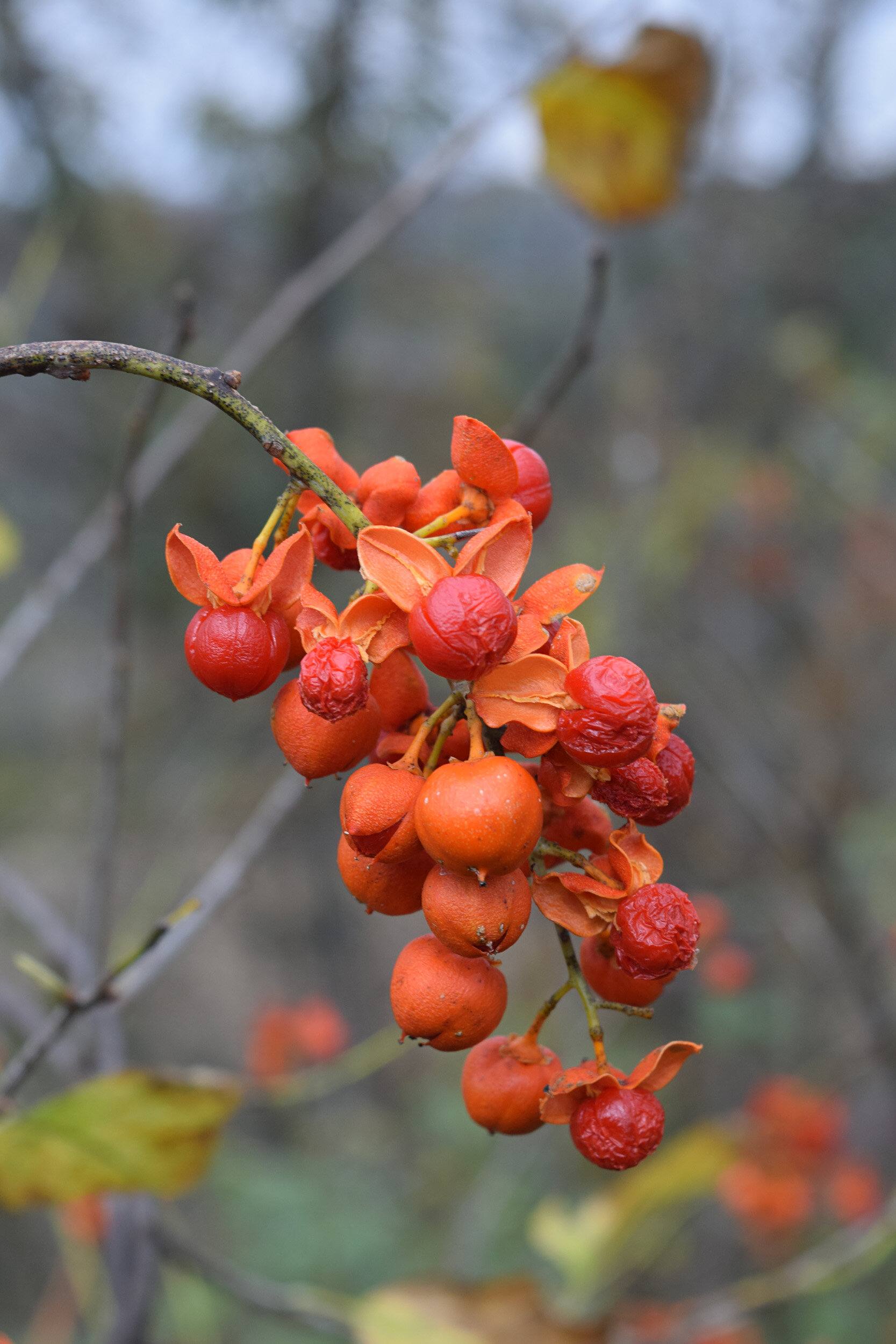



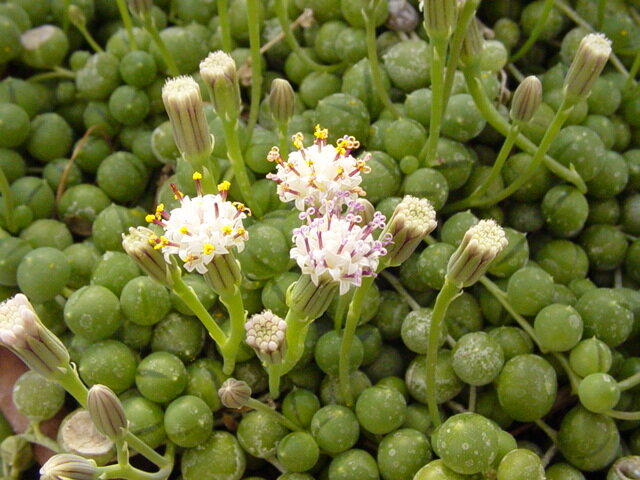

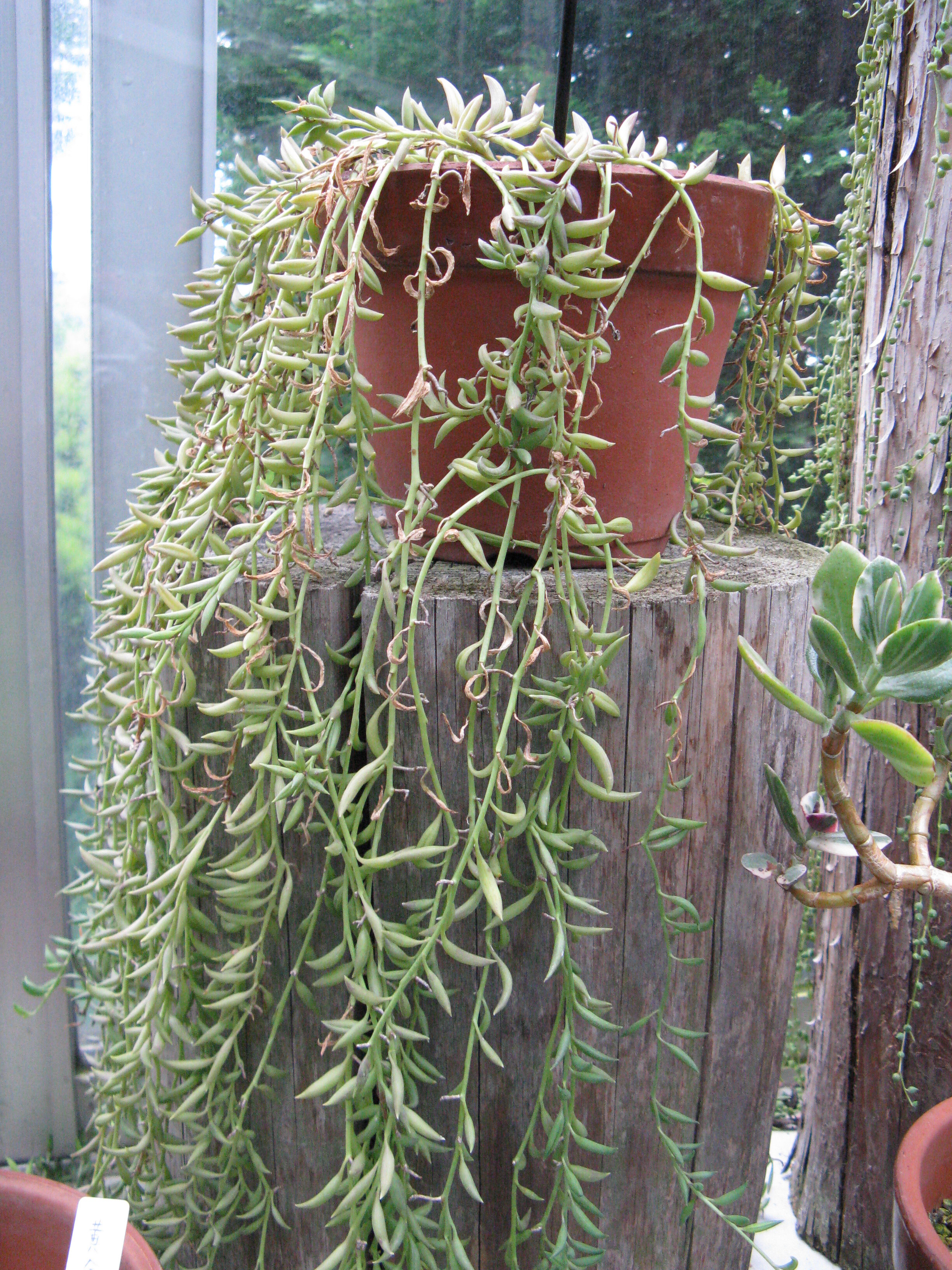




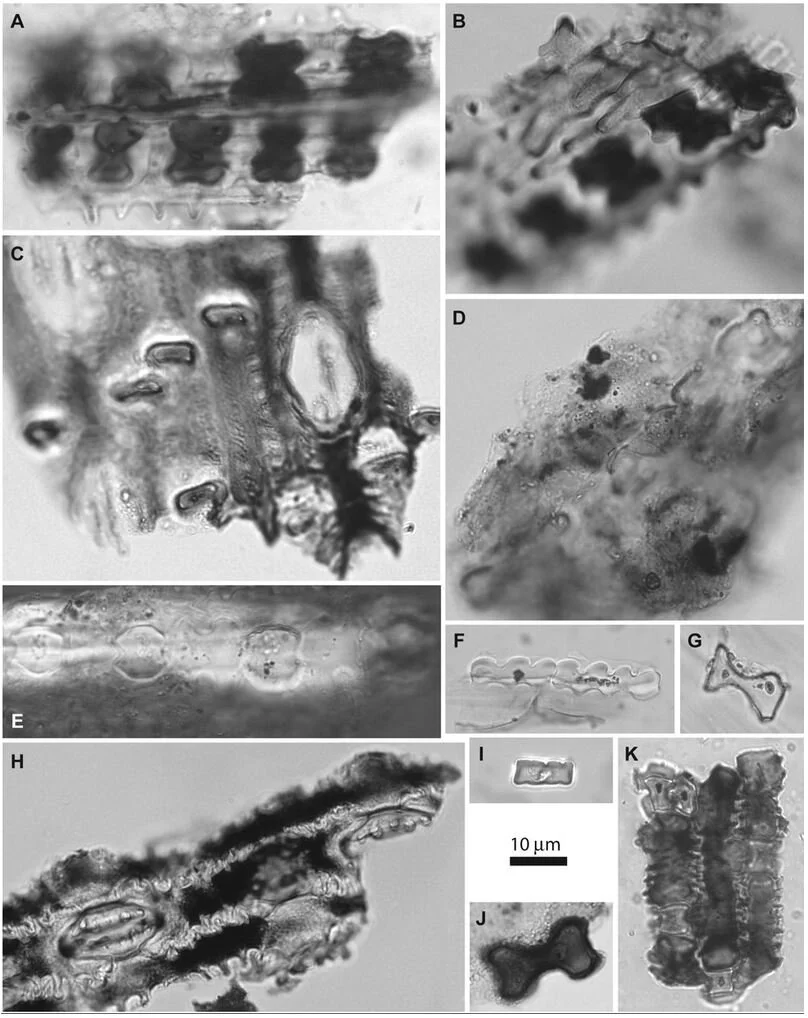
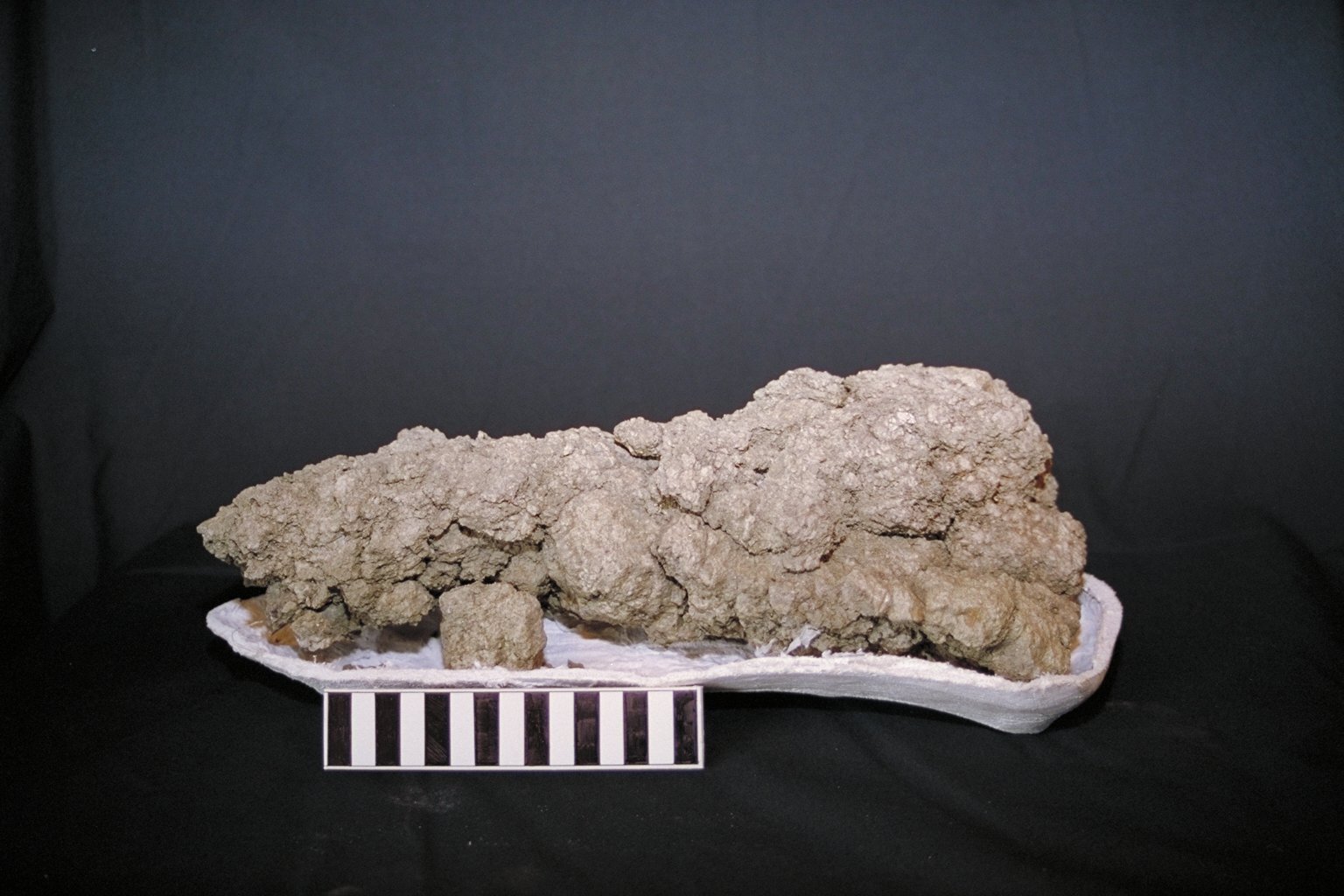
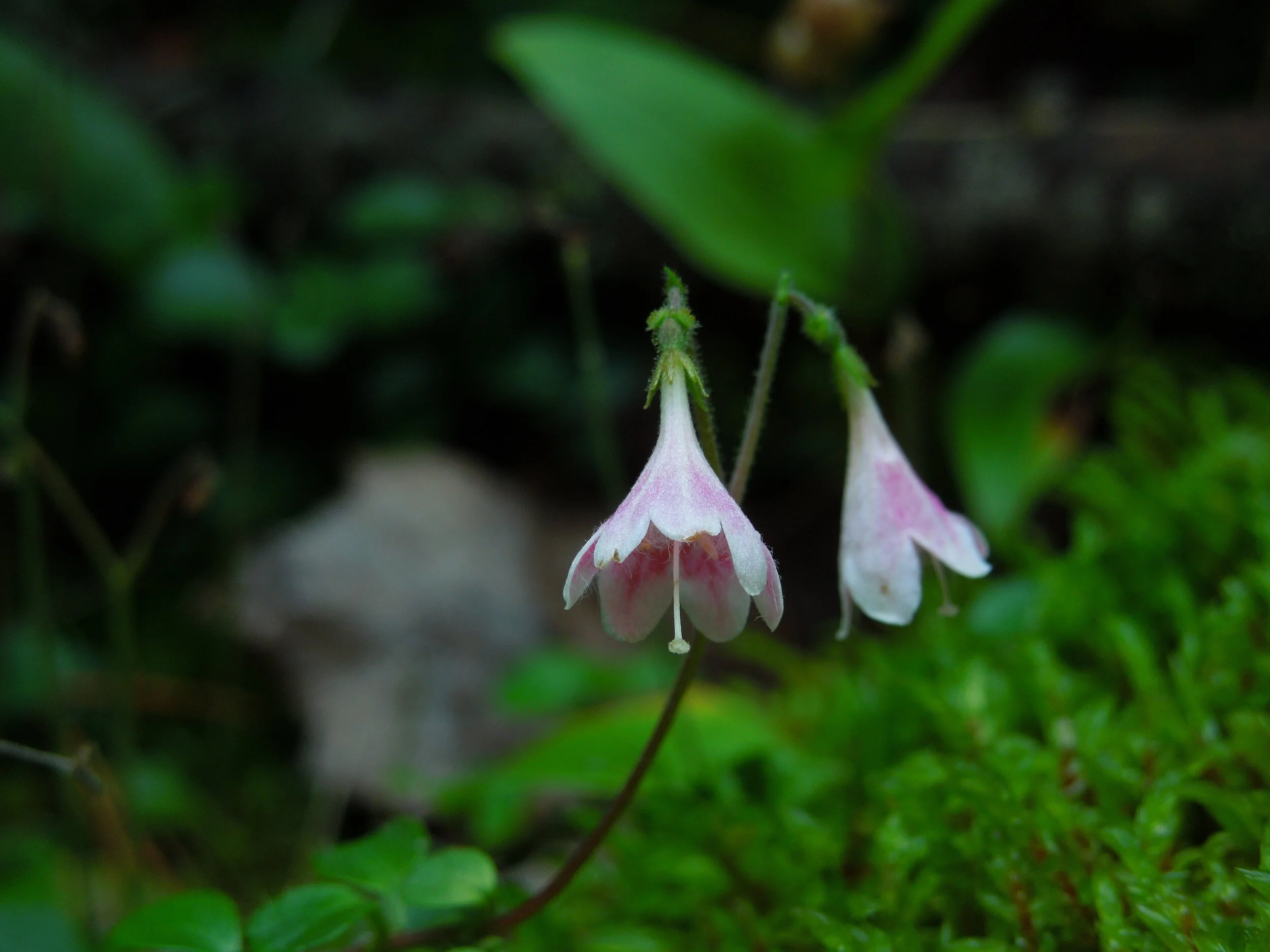
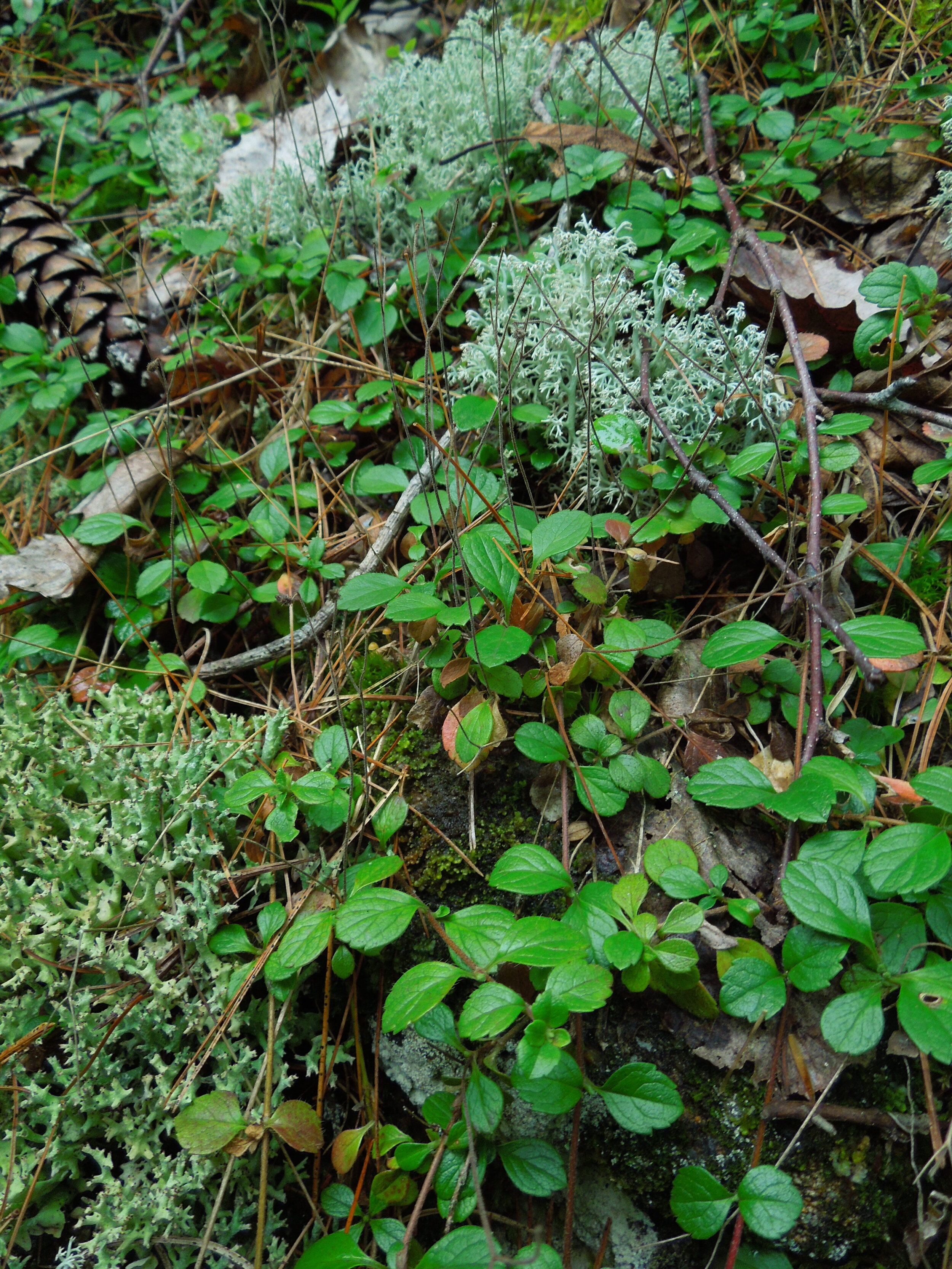
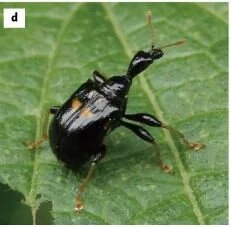

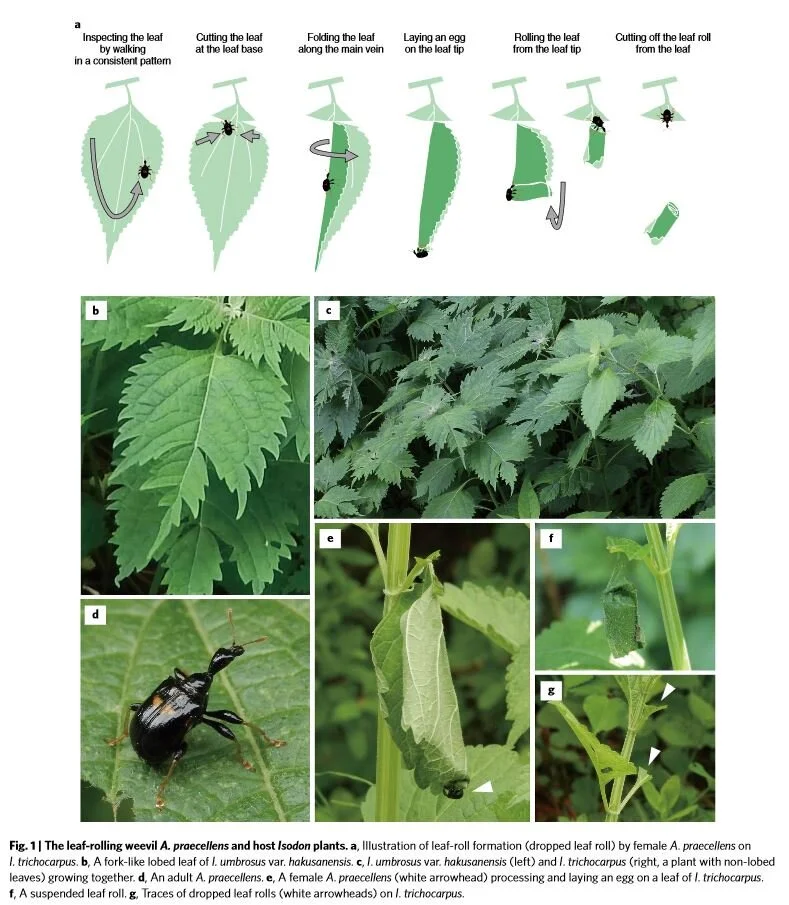






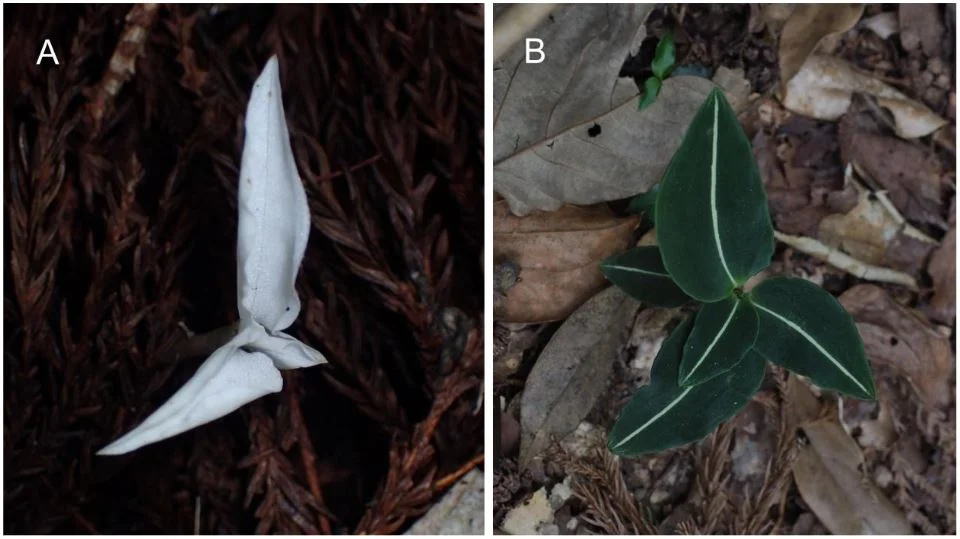






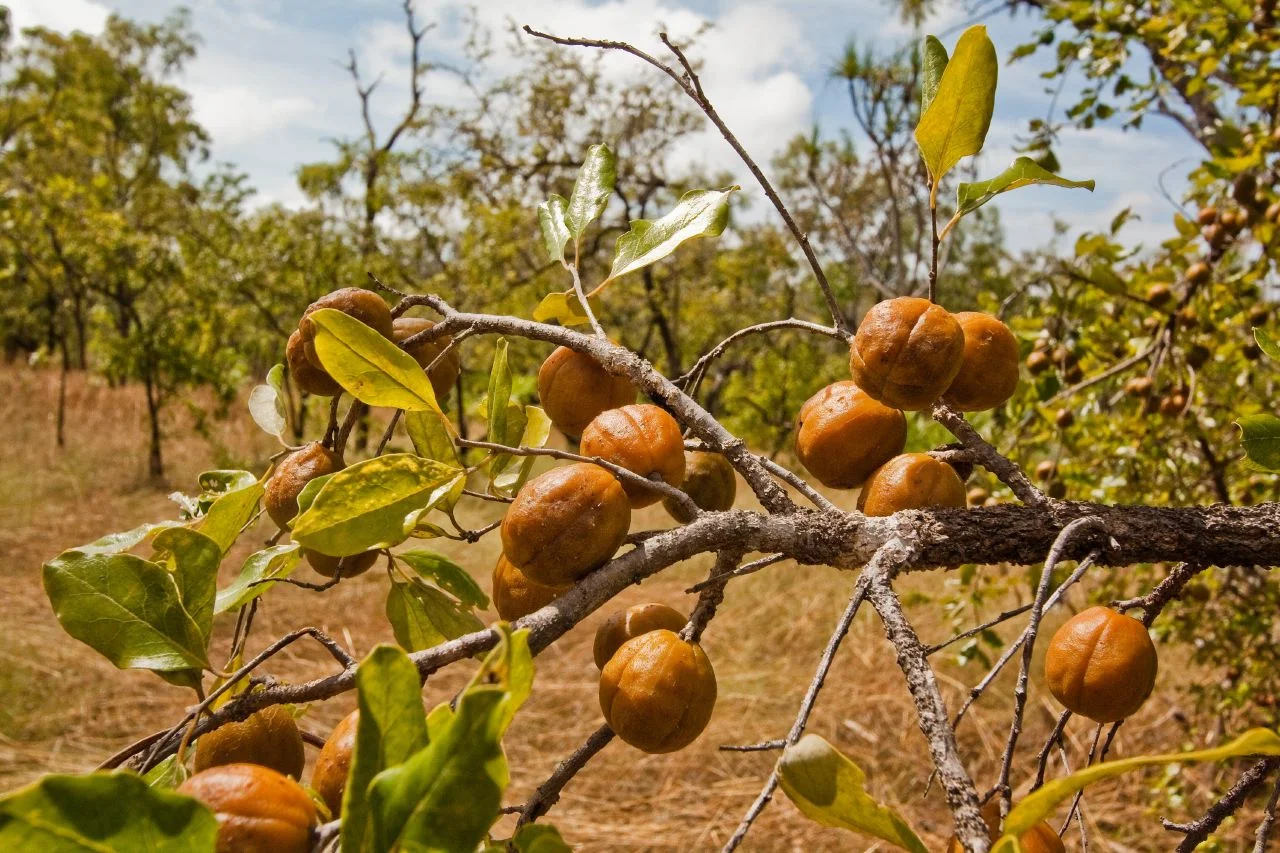




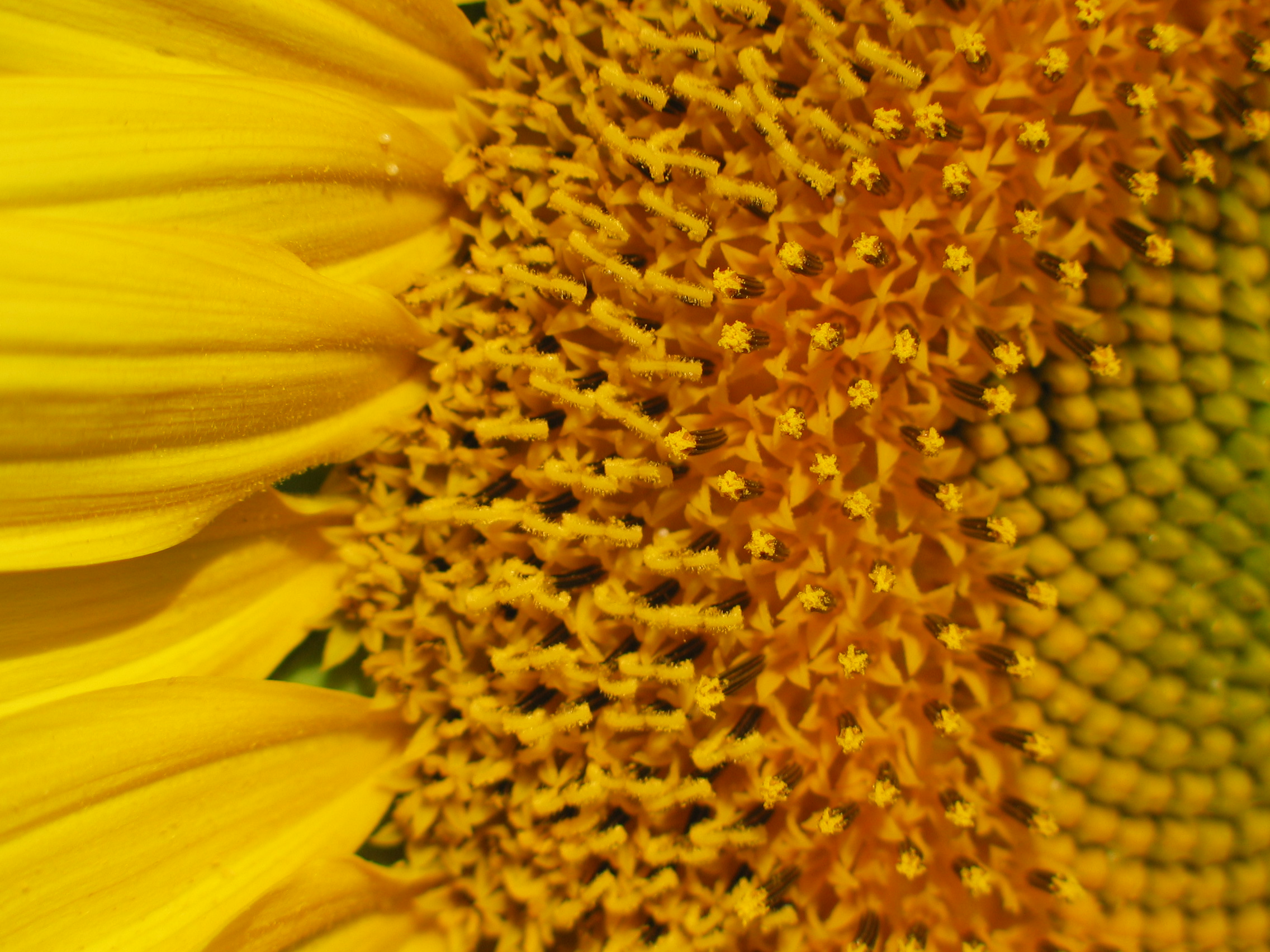
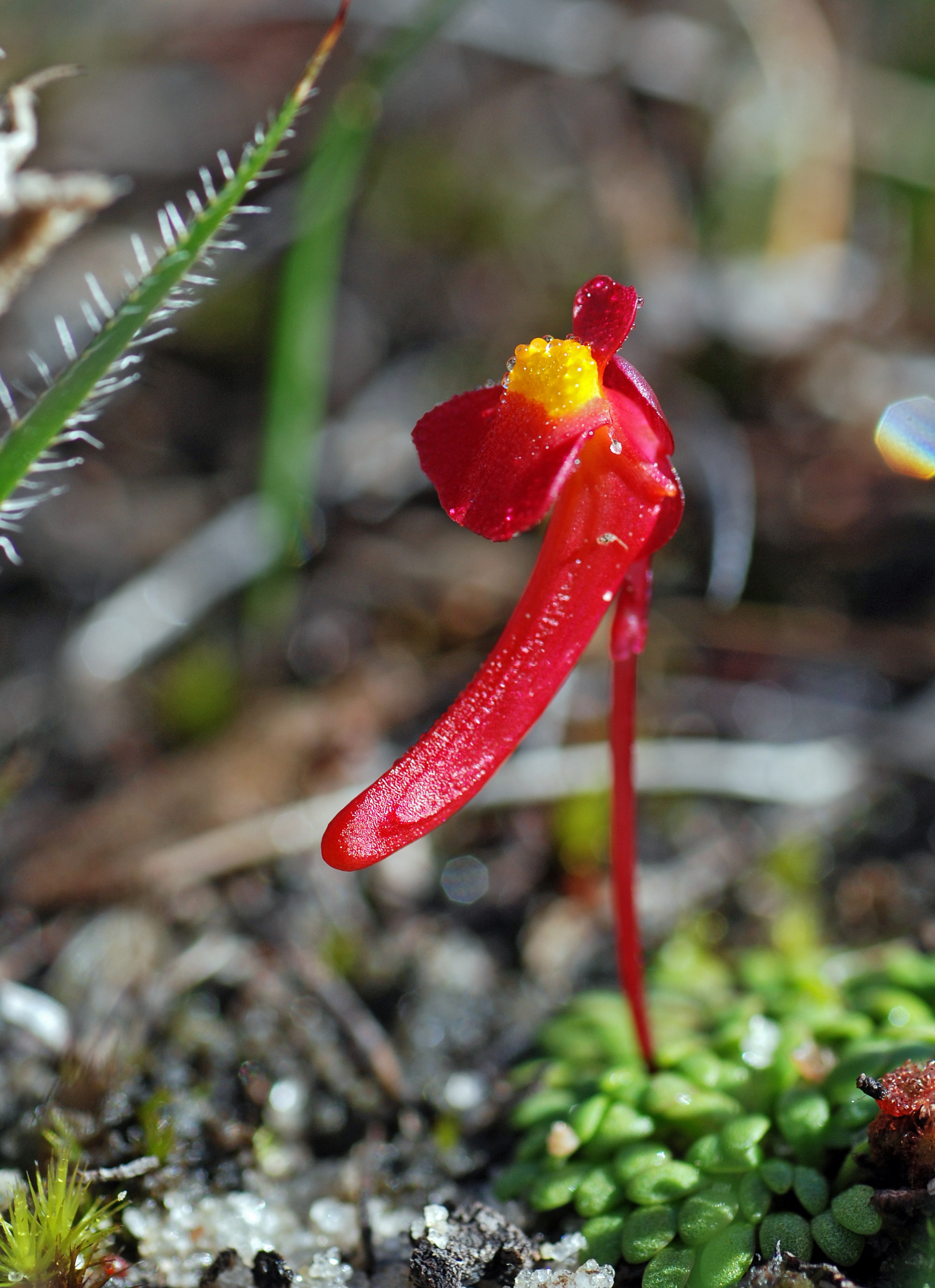





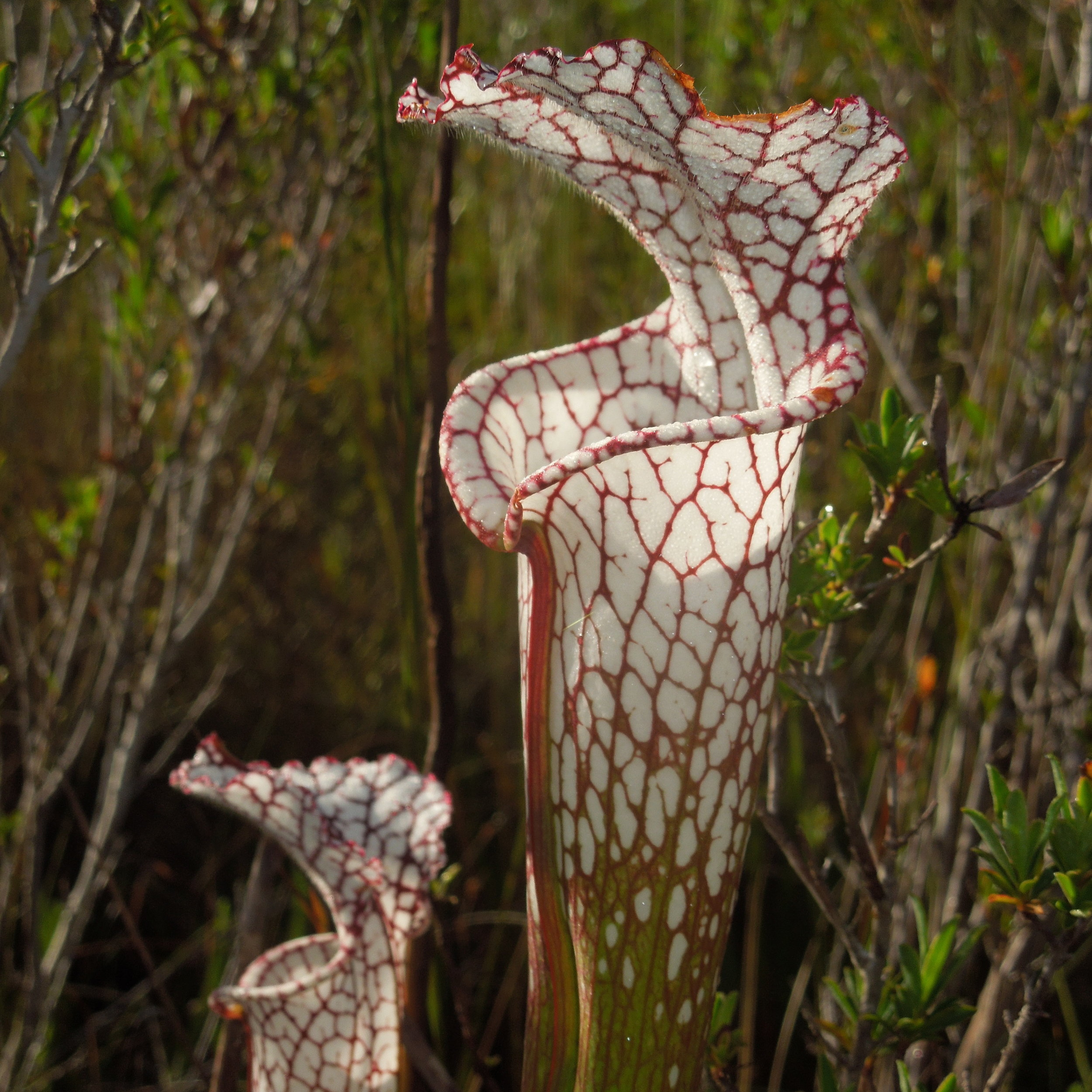
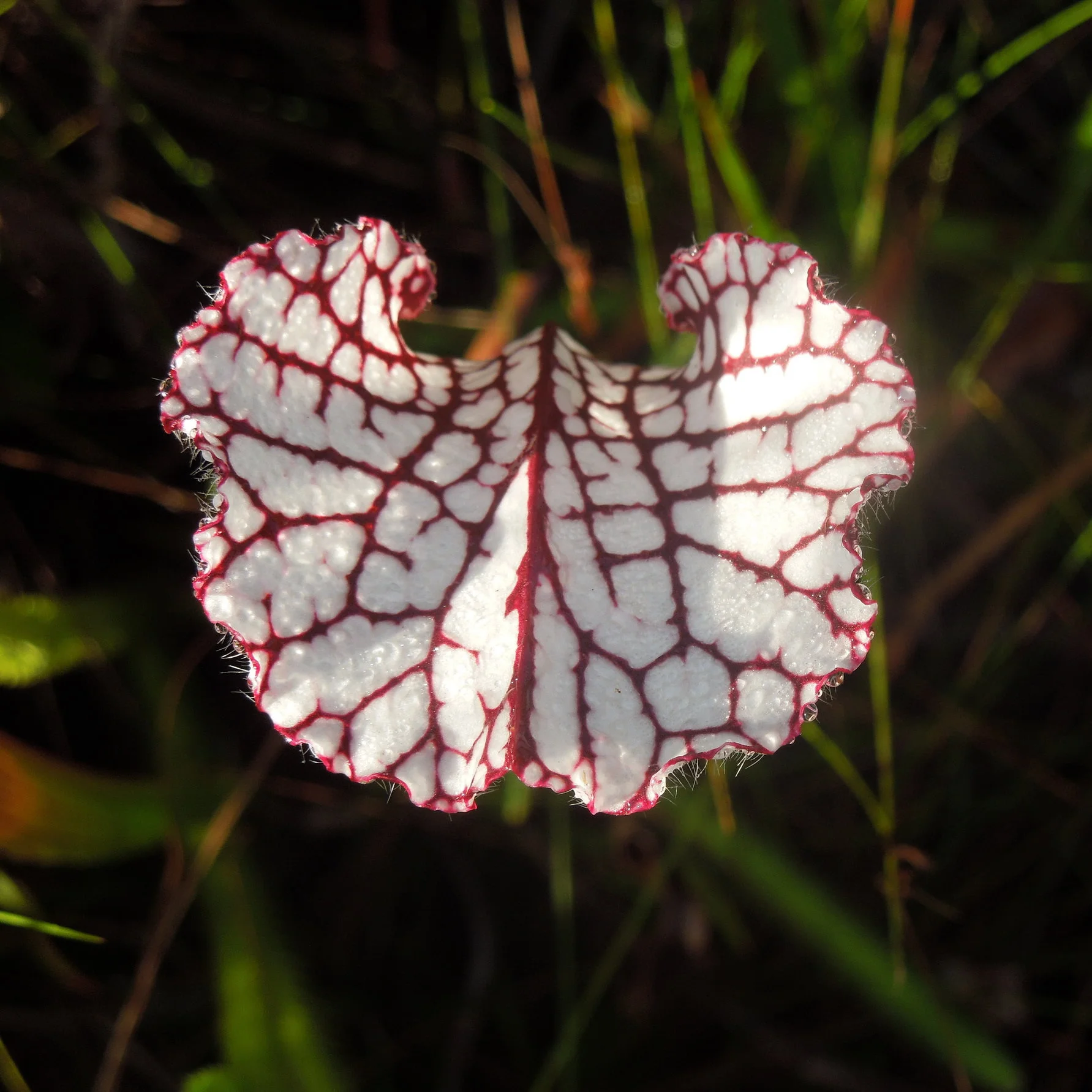
![Sarracenia leucophylla flower. Photo by Noah Elhardt licensed by GNU Free Documentation License [SOURCE]](https://images.squarespace-cdn.com/content/v1/544591e6e4b0135285aeb5b6/1567376504321-A9HVCAG8Y3DY9IMUJMGT/Sarracenia_leucophylla_flower.jpg)

![Sarracenia leucophylla habitat. Photo by Brad Adler licensed by CC BY-SA 2.5 [SOURCE]](https://images.squarespace-cdn.com/content/v1/544591e6e4b0135285aeb5b6/1567376707208-INV6TWZMXE1UXVO4DAHQ/Sarracenia_leucophylla_field.jpg)



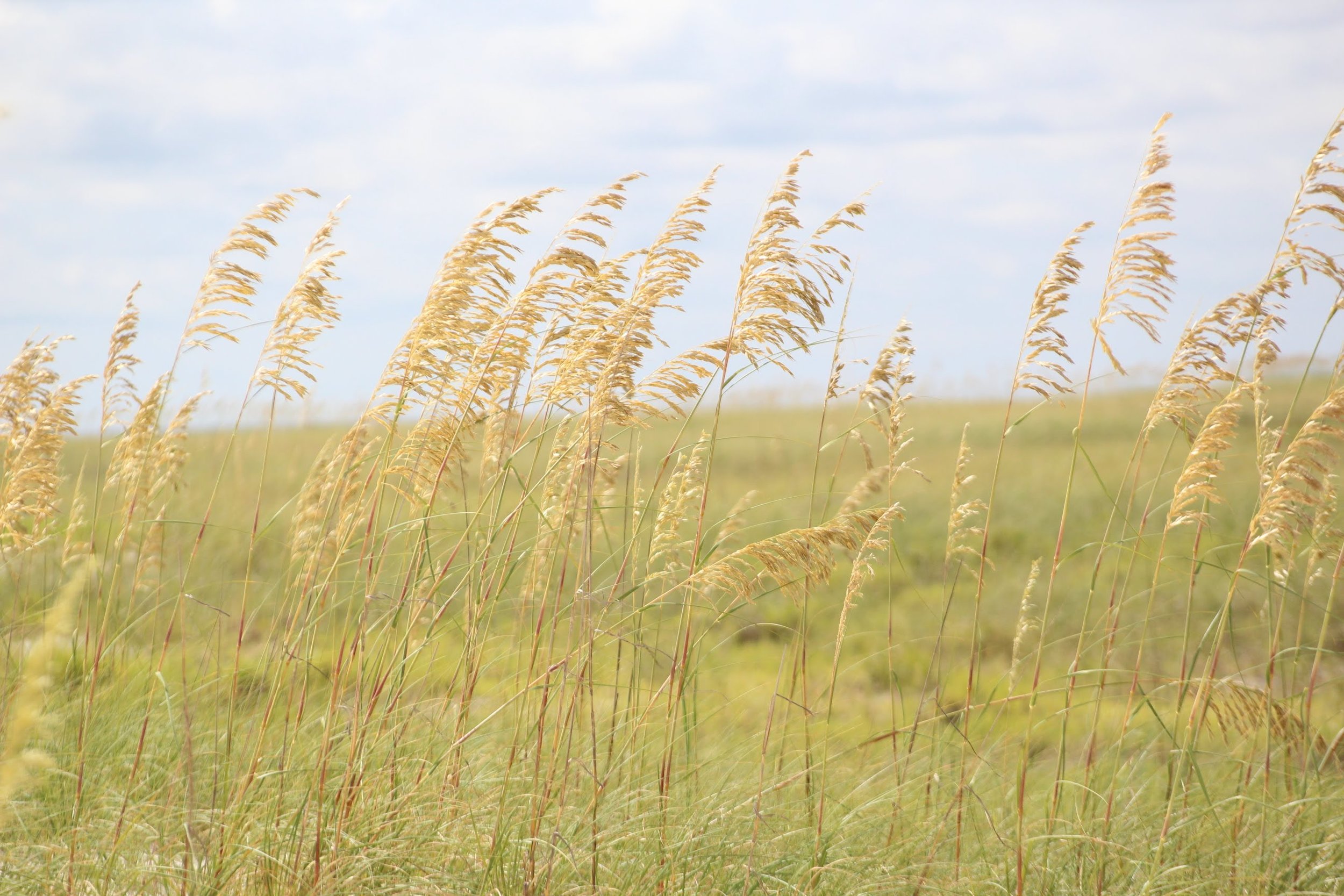

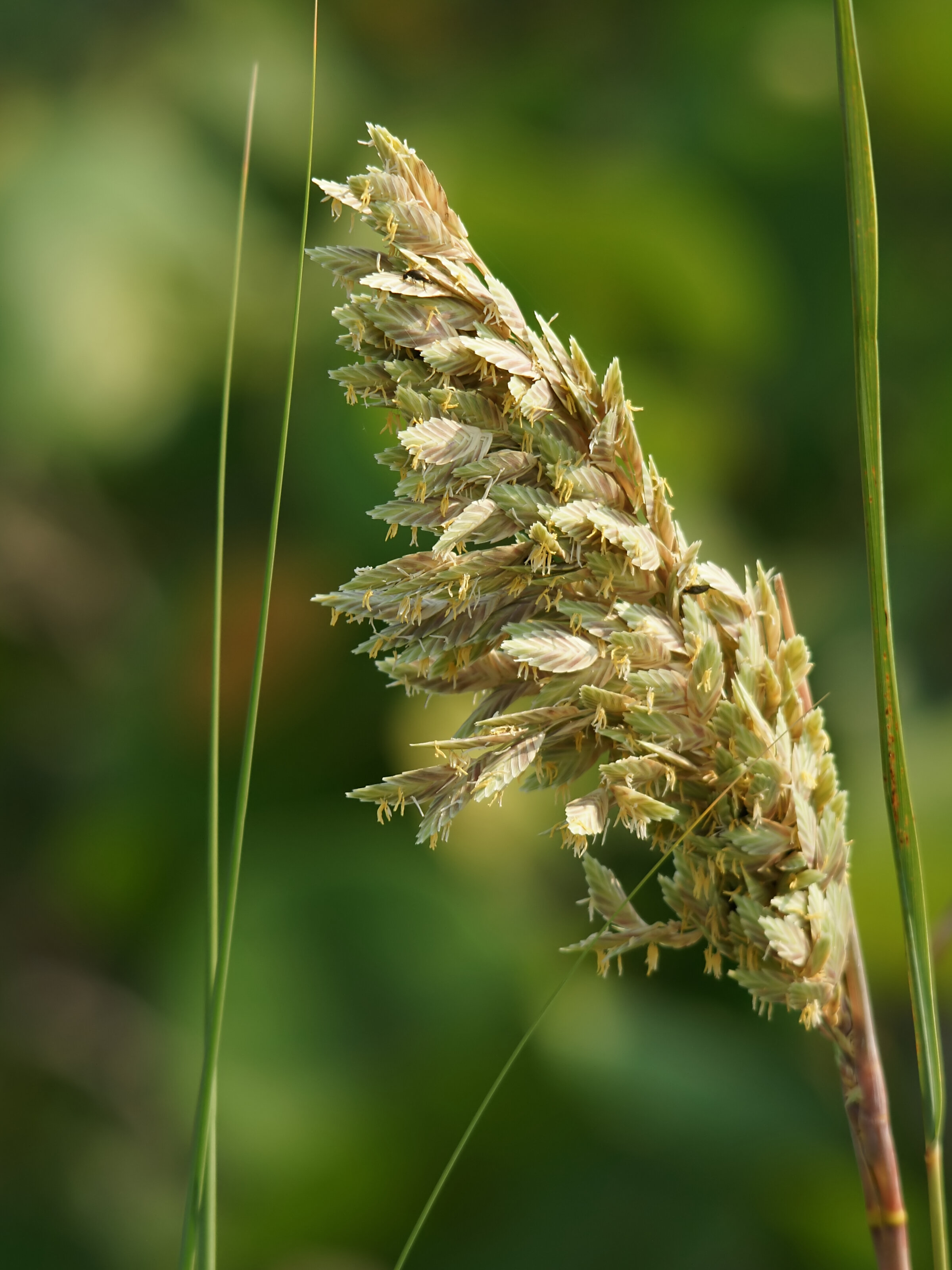



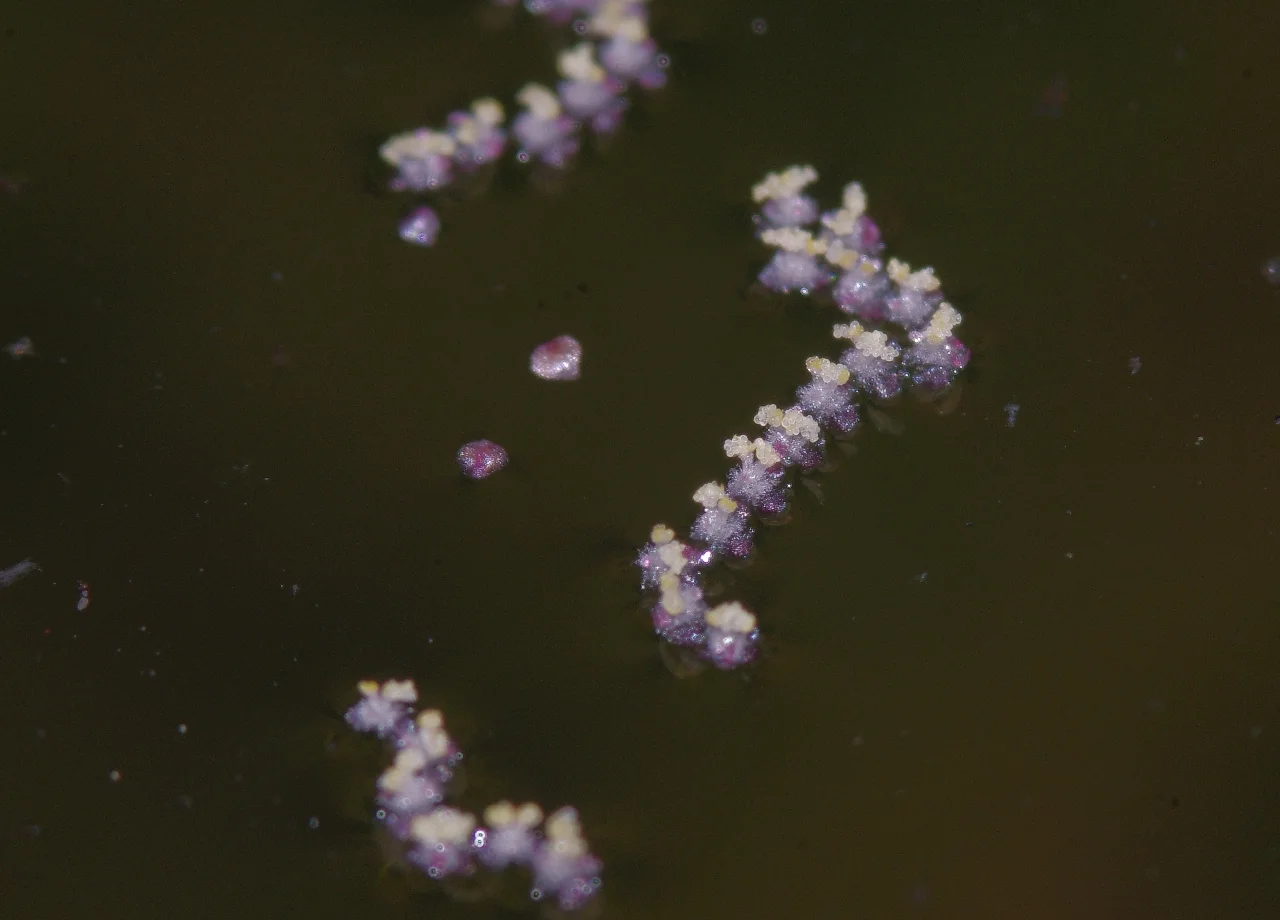
![After pollination, the stem of the female flower coils up, drawing the ripening ovaries safely underwater. Photo by Peter M. Dziuk [source]](https://images.squarespace-cdn.com/content/v1/544591e6e4b0135285aeb5b6/1565792376405-64JD8XOEZI9QIVPB430T/vallisneria-americana-15-13.jpg)
